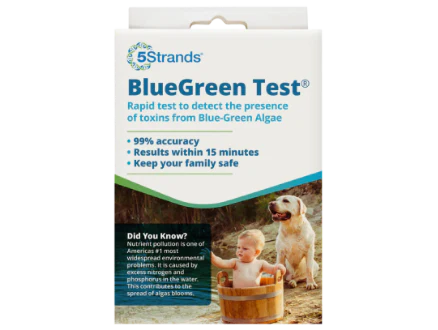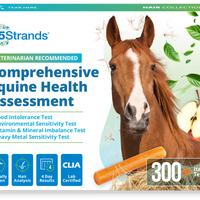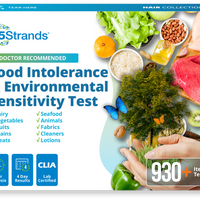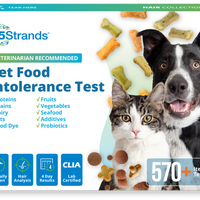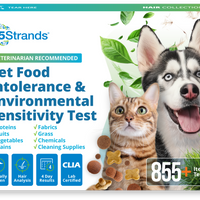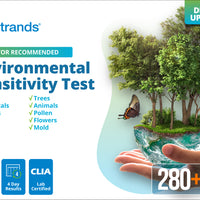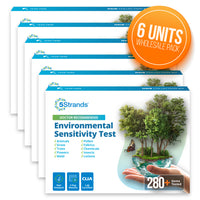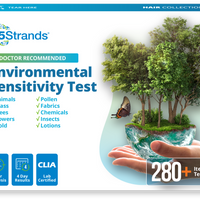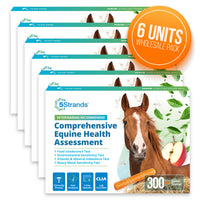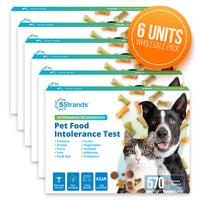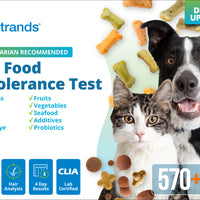What we feed our pet can impact them in different ways. Just like in humans, we need to worry about whether or not our feline friends can suffer from allergies or intolerances. We can’t control how our bodies react to certain items, but we can control their exposure. We will need to be proactive and observant.
Can the itching and scratching point to a food allergy? Do you know the difference between a food allergy and a food intolerance? Many of the symptoms will overlap.

What is the difference between a food allergy and a food intolerance?
Allergy:
A food allergy is when the body reacts to a specific allergen. It thinks it is a foreign invader and will attempt to fight it off. The body will produce antibodies that will then release histamine that can result in an allergic response. In some instances, the response can be severe and even life threatening. The body will react by going into anaphylaxis, the blood pressure will drop, have difficulty breathing, possible loss of bladder or bowel control, and they could collapse into unconsciousness. Immediate care is necessary to save their life. Reactions are fast acting, where you will see an immediate response. With an allergy, your cat must have been exposed to the food item at least twice. It will only take a small amount of the food to elicit a response. Allergies will last a lifetime. Food allergies are less common than environmental allergies/flea allergies. They account for only about 10% of skin allergies in pets.
Intolerance:
A food intolerance is never life threatening. It will mostly involve the digestive system. It will cause unpleasant symptoms because their body does not have the digestive enzymes to break down a particular food item. Inflammation, infections, surgery, and medications can also damage your cat’s digestive system that can lead to a food intolerance.
Intolerance symptoms are usually delayed. They can take anywhere between 30 minutes to 72 hours. This makes them so much harder to identify. Intolerances are typically not life long, they are temporary.
Symptoms:

These may overlap and be visible with both allergies and intolerances.
- Ear infections
- Itchy bottoms
- Itching/scratching/paw biting
- Hair loss
- Ulcers on the lips
- Chronic GI upset
- Gas
- Vomiting
- Diarrhea
- Sneezing
- Coughing
- Wheezing
- Runny eyes
- Hives
- Swollen paws

Diagnosing:
A visit to the vet will probably begin with a comprehensive physical examination and a health questionnaire. This information will help the vet determine if there are any other health concerns or help him rule out allergies/intolerances. If they suspect food allergies/intolerances, they will probably recommend an elimination diet. They may also recommend further testing which would require a visit to a specialist. The veterinarian dermatologist typically does the traditional allergy testing.
Testing:
A board certified veterinarian dermatologist will typically conduct intradermal skin testing. However, this is typically done when they suspect environmental allergies. It is not used to determine food allergies yet. The testing available for food is done through serological testing. This is where they utilize a blood sample to test your cat’s responses to allergens. It is less invasive than the intradermal testing and can be done by your regular veterinarian. They take a sample of blood and then send it to the lab for the testing to be done. There are also some saliva tests that the vet can perform.
Over the past few years, there are at-home testing kits that have been developed to help determine food intolerances. Some use saliva and some use hair samples. 5Strands Affordable Testing has developed a hair analysis test kit using bioresonance technology, that will help identify over 275 food items that your cat could be responding to. The process is simple. There are 4 easy steps. The results report will provide you with an outline to conduct the elimination diet. It takes out all the guesswork which will help speed up the time it takes to get your answers on what may be causing your cat’s symptoms.

Many of their customers have found answers to problems that the vets could not solve. Their results report is a holistic approach that the consumer can use to get to the root cause of their cat’s dietary discomforts. The pet owner gets to take back control and make dietary and lifestyle changes. No more prescriptions needed! However, this test requires 100% interaction to see any results. You still have to do the work. But the elimination diet has never been easier with the results provided.
How do you determine what food might be the culprit?
An elimination diet is considered the gold standard in determining a food allergy or an intolerance.
The elimination diet often consists of switching your cat to an alternative protein source that your cat has never eaten or been exposed to before. For example, if your cat has always eaten a chicken based diet, then you might want to consider switching to a duck or venison based diet. The food should be balanced and contain as few ingredients and additives as possible. Typically one protein and one carbohydrate plus necessary fats, vitamins, and minerals. This must exclude any table scraps, treats and snacks.
If that does not help, then you may need to try a special broken-down protein food or hydrolyzed protein diet. This is where the protein source is broken down into very small pieces that can hide from the immune system or purified to remove the parts that are likely to cause an allergy.
You may need to systematically eliminate different food ingredients over time. Typically it will take a minimum of 6-8 weeks. If your cat’s symptoms improve over the elimination period, then you have to confirm the food allergy/intolerance. You would then go back and feed your cat their old food. If your cat then starts exhibiting the symptoms once again, you have confirmed the food allergy/intolerance to an ingredient or ingredients in that old diet. You then go back to the test diet until things get better again before trying one ingredient from the old diet at a time until you identify the specific foods that trigger the problem.
The elimination diet requires time and patience. Most cat parents change their diet and their cat’s symptoms improve and they end it there. They never do the re-challenge or reintroduction process. Eventually they end up back at square one, frustrated as ever.
Please remember this is where 5Stands testing comes in to make your life a whole lot easier.
Do the foods my cat could be allergic to differ from what they might be intolerant to?
While the overall percentage of cats that have a true food allergy is low, there are some food ingredients that are associated with more confirmed cases of allergies than others. More pets in general are allergic to animal proteins. The most common foods are chicken, beef, dairy, eggs, and fish. Pet owners are taught to think their pets can have allergies to grains, but it is very uncommon.
This is not the case when it comes to intolerances. Your cat can develop an intolerance to just about any food ingredient. This can include proteins, carbohydrates, fruits, vegetables, and especially additives such as preservatives, food colorings, flavings, and synthetic vitamins and minerals.
With the chance of having any food ingredient cause an intolerance, it makes it very difficult to conduct an elimination diet with commercially processed food. Most commercially prepared foods will have some type of additive or filler that could be a potential trigger. Most of the time it is suggested to utilize a prepared home-cooked diet so that you can have only 2-3 ingredients. You can even skip the re-challenge stage if this is the route you choose. If your cat’s symptoms lessen or disappear, you can then go directly to the re-introduction stage. That is where you will construct the diet that you can continually feed your cat.
Remember that allergies are forever. If you determine your cat has a true allergy to a particular food, do not feed them that food again. Each time they consume another dose of the food, the allergic response could get worse and at some point they may experience anaphylactic shock.
With intolerances, you may be able to feed your cat a food item that they reacted to previously but in moderation. Once your cat has been diagnosed with food intolerances, it is recommended that you feed them a rotation diet so they are not consuming the same blends of food all the time. This will help reduce the incidence of your cat developing symptoms again.
So what can a cat parent do?

Whether your cat has a food allergy or intolerance, the quality of your cat’s diet is key for optimal health. You need to feed your cat a diet that is well balanced, has a high quality meat protein, free of additives, food colorings, and flavorings.
Also provide an appropriate amount of omega fatty acids. Probiotics also help maintain a healthy balance of “good” bacteria in their guts.
This means the cat parent must scrutinize the food ingredient listed on packaging if they are purchasing over the counter foods. Reading the whole list matters! If you can’t pronounce it, it can’t be good! If you see the term “natural”, it does not mean it's good! You will want to look for ingredients that are listed as whole food sources. The vitamins and minerals needed should be sourced from these whole foods and not listed as “vitamin C or vitamin A, etc.
If you have been feeding your cat commercial dry or canned foods, you will want to consider trying a commercial raw food diet that is either pre-packed, frozen, freeze-dried, or dehydrated. All you have to do is add water. These foods are much more appropriate than the foods you were probably feeding your cat.
When in doubt about what to do and how to feed your cat, consult with your vet or consult with a pet food nutritionist. 5Strands has a holistic pet nutritionist on staff that you can schedule a consultation with. Tazz Latifi will be more than happy to help walk you through your cat’s results and make recommendations on which brands of food and what blend to feed.



